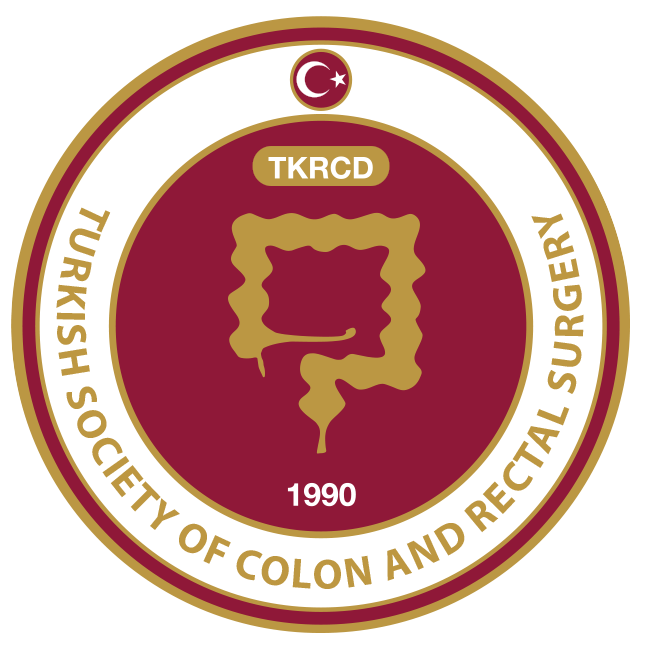Dear Editor,
I read with great interest the recently published article, “The Relationship of Tumor-Infiltrating Lymphocyte Ratio with Histopathological Parameters and Effect on Survival in Colorectal Cancers.” This study examined the interaction between the immune system and tumor microenvironment in colorectal cancer and drew attention to the prognostic effect of the rate of tumor-infiltrating lymphocytes (TIL) ratio. This study addresses an important gap in the field by examining TIL as a prognostic marker, which is commendable for its potential clinical and investigational relevance.1
In the article, a 10% cut-off value was used to define high versus low TIL status. However, the literature shows that different cut-off values (e.g., 10%, 20%, or even 50%) have been employed in various cancer types and prognostic studies.2-4 It would have been informative to explain why a 10% threshold was selected and whether it aligns with any standardization efforts or prior work, such as the International TIL Working Group guidelines or the “Immunoscore” approach proposed by Pagès and colleagues.5, 6 The authors might also consider whether applying multiple cut-off points, rather than a single threshold, could offer greater nuance or predictive value in TIL categorization.
Another point that warrants attention is the possibility that patients with conditions associated with chronic immunosuppression, immune modulation, or hematologic abnormalities (e.g., rheumatoid arthritis, HIV infection, or those receiving immunosuppressive therapies) were not explicitly excluded. These conditions may affect TIL prevalence and the distribution of lymphocyte subpopulations. Were these patients excluded from the study or analyzed separately? Clarifying this would improve the study design and strengthen the results, and I appreciate the authors’ rigorous and detailed statistical analyses. Although lymphovascular invasion and nodal status lost their significance in the multivariate model, the protective impact of a high TIL ratio (hazard ratio = 0.68) remained, reinforcing the hypothesis that the TIL ratio may be an independent prognostic indicator. However, I noticed that the confidence interval (confidence interval = 1.005-2.807) was relatively wide, which should ideally be acknowledged as a study limitation.
Additionally, while the authors reported TIL distribution separately for right-sided versus left-sided/rectal tumors, the discussion did not fully address potential biological distinctions between these subsites. Prior research suggests a stronger correlation between TILs and microsatellite instability in right-sided tumors.7Exploring such site-specific immunological differences in greater detail could yield even more insightful interpretations.
Lastly, the study showed that disease-free survival results were significant, whereas overall survival (OS) results were not. This may be due to a limited follow-up period or the relatively low number of events (mortality). It is exciting to consider that longer follow-up might reveal a more robust relationship between TIL ratio and OS, further augmenting the strength of these findings.
In conclusion, this article is important because it highlights points that have rarely been discussed in the colorectal cancer literature. I appreciate the authors’ efforts and hope that these observations will pave the way for TIL-based prognostic assessment of colorectal cancer.



